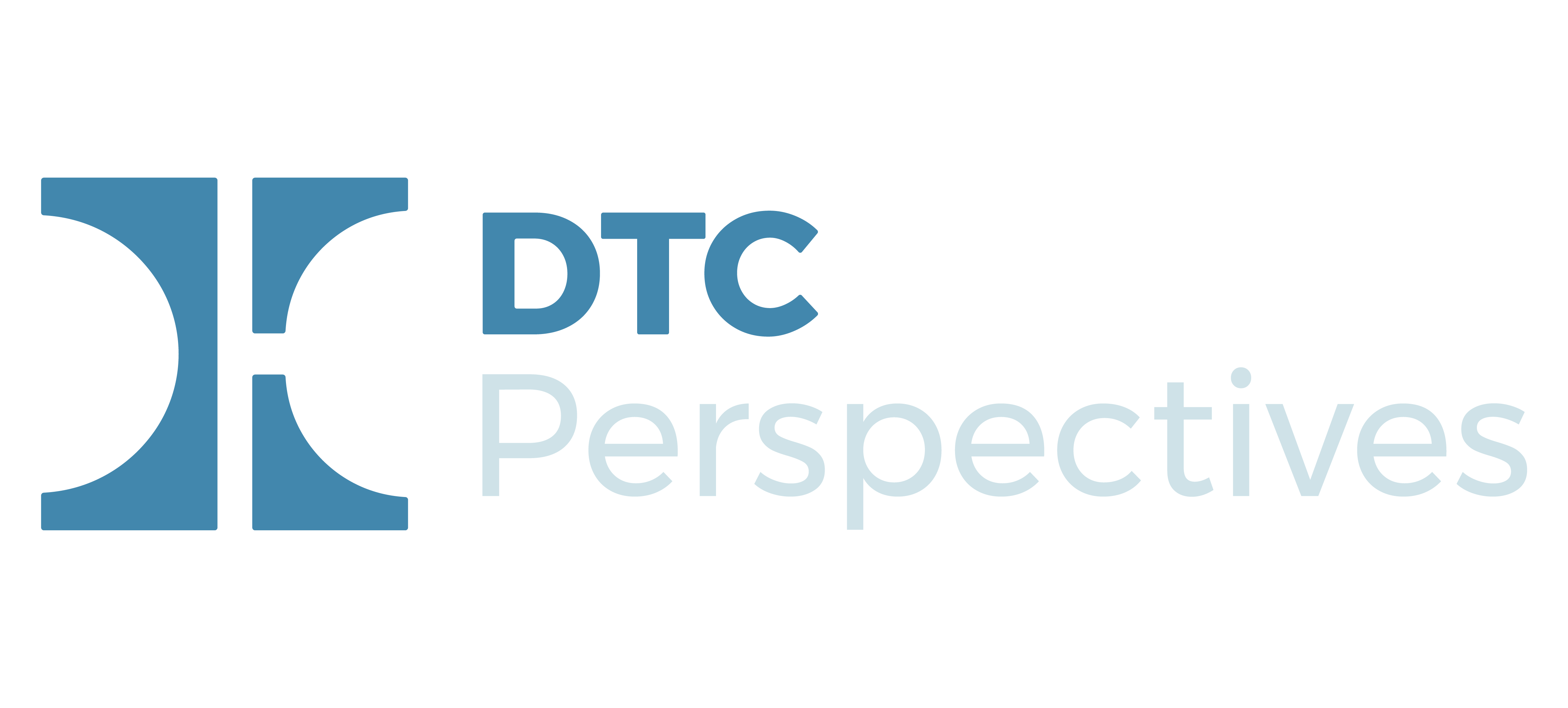 Announced on Diabetes Alert Day, March 26th, PatientPoint and the American Medical Association (AMA) are developing content to educate patients and their HCPs about the risks of type 2 diabetes as well as cardiovascular disease. The collaboration will utilize PatientPoint's in-office technology to encourage patients to have an informed conversation about either condition, with the goal of “reaching and activating patients … to prevent the onset of both diseases,” stated the news release.
Announced on Diabetes Alert Day, March 26th, PatientPoint and the American Medical Association (AMA) are developing content to educate patients and their HCPs about the risks of type 2 diabetes as well as cardiovascular disease. The collaboration will utilize PatientPoint's in-office technology to encourage patients to have an informed conversation about either condition, with the goal of “reaching and activating patients … to prevent the onset of both diseases,” stated the news release.
Educational materials will include a prediabetes PSA in primary care and cardiologist waiting rooms, as well as interactive banner ads and infographics available in the exam rooms. Content will drive patients to either DoIHavePrediabetes.org (which was launched by the AMA, Ad Council, Centers for Disease Control and Prevention, and the American Diabetes Association) or online, downloadable resources from the AMA and American Heart Association.
Click here to read the full details about this joint educational effort.


 Sharecare recently launched its first-ever
Sharecare recently launched its first-ever  HCB Health has created three internal business units to “best serve an increasingly diverse set of clients and to help manage the firm's rapid growth,” according to a recently news release. The three units – MedTech, BioPharma, and Health & Wellness – will manage their own P&Ls as well as each having its own dedicated team. All “will report to HCB Partner, Nancy Beesley, who recently became the firm's president.”
HCB Health has created three internal business units to “best serve an increasingly diverse set of clients and to help manage the firm's rapid growth,” according to a recently news release. The three units – MedTech, BioPharma, and Health & Wellness – will manage their own P&Ls as well as each having its own dedicated team. All “will report to HCB Partner, Nancy Beesley, who recently became the firm's president.” Dan Chichester has re-joined Ogilvy Health, after a five-year hiatus, as Chief Experience Officer (CXO). In this newly-created role, he will be “responsible for driving forward Ogilvy Health’s innovation, digital strategy, and brand engagement,” the
Dan Chichester has re-joined Ogilvy Health, after a five-year hiatus, as Chief Experience Officer (CXO). In this newly-created role, he will be “responsible for driving forward Ogilvy Health’s innovation, digital strategy, and brand engagement,” the  Stacey Singer, an agency growth specialist of 30 years, recently announced the launch of her own independent agency consultancy. Having left her post with WPP, where she most recently built and managed their global Client Satisfaction Center of Excellence, Singer told DTC Perspectives that she identified a growing need to help better serve agency accounts and thus led to her new venture. Her eponymous
Stacey Singer, an agency growth specialist of 30 years, recently announced the launch of her own independent agency consultancy. Having left her post with WPP, where she most recently built and managed their global Client Satisfaction Center of Excellence, Singer told DTC Perspectives that she identified a growing need to help better serve agency accounts and thus led to her new venture. Her eponymous  The pharmaceutical industry is one of the most powerful sectors in the United States. The United States government has long realized how much of an influence the industry has had since its origin over a century ago and has regulated the industry as such.
The pharmaceutical industry is one of the most powerful sectors in the United States. The United States government has long realized how much of an influence the industry has had since its origin over a century ago and has regulated the industry as such. The results demonstrate that patient engagement solutions at the point-of-care can provide pharma with an opportunity to drive better physician-patient discussions, insert their brand into those discussions and ultimately help educate on better treatment decisions. This is an unprecedented and unique ability to impact both audiences at that magic moment when treatment decisions are being made.
The results demonstrate that patient engagement solutions at the point-of-care can provide pharma with an opportunity to drive better physician-patient discussions, insert their brand into those discussions and ultimately help educate on better treatment decisions. This is an unprecedented and unique ability to impact both audiences at that magic moment when treatment decisions are being made. Each of these avenues avoids the chief criticism of DTC advertising mentioned above. Promotion through proper channels to an audience primed for relevant messaging will cut back on excess doctor’s appointments and will help reduce the burden on the healthcare system. Reallocating budgets and shifting to more focused options will mean efficient marketing budgets and would ultimately help reduce healthcare costs.
Each of these avenues avoids the chief criticism of DTC advertising mentioned above. Promotion through proper channels to an audience primed for relevant messaging will cut back on excess doctor’s appointments and will help reduce the burden on the healthcare system. Reallocating budgets and shifting to more focused options will mean efficient marketing budgets and would ultimately help reduce healthcare costs.
 The promotion of products with branding, growth of empathy awareness through an imaginative experience, education, and training are all marketing opportunities that engage patients and doctors while increasing sales, drug compliance, and the number of new drug users. VR produces branding by supporting products that stimulate creativity and evoke senses which results in a unique, complete experience rather than merely a visual presentation. Empathy is built when doctors reaffirm to themselves that they chose their medical careers so they could positively influence humanity. VR serves as training and education for doctors with the optimistic outlook that any mistakes would occur during these simulated patient encounters and not in the real world. By presenting in videos the negative impacts on the quality of life with drug non-compliance, doctors are encouraged to prescribe certain therapeutic medications to keep patients on drug therapy for a longer period of time. This not only equates to improved health, but also an increase in sales and market penetration during growth and maturity drug cycles.
The promotion of products with branding, growth of empathy awareness through an imaginative experience, education, and training are all marketing opportunities that engage patients and doctors while increasing sales, drug compliance, and the number of new drug users. VR produces branding by supporting products that stimulate creativity and evoke senses which results in a unique, complete experience rather than merely a visual presentation. Empathy is built when doctors reaffirm to themselves that they chose their medical careers so they could positively influence humanity. VR serves as training and education for doctors with the optimistic outlook that any mistakes would occur during these simulated patient encounters and not in the real world. By presenting in videos the negative impacts on the quality of life with drug non-compliance, doctors are encouraged to prescribe certain therapeutic medications to keep patients on drug therapy for a longer period of time. This not only equates to improved health, but also an increase in sales and market penetration during growth and maturity drug cycles. Are you making the most of DTC digital advertising? This summer, DTC Perspectives and MetrixLab partnered up to bring you a webinar led by Frank Chipman, MetrixLab's SVP and Healthcare Practice Leader. Click
Are you making the most of DTC digital advertising? This summer, DTC Perspectives and MetrixLab partnered up to bring you a webinar led by Frank Chipman, MetrixLab's SVP and Healthcare Practice Leader. Click